SUPPORTED BY:



MAY 2025

PRIV A TE EQUITY WIRE


SUPPORTED BY:



MAY 2025

PRIV A TE EQUITY WIRE

THE DIGITAL IMPERATIVE FOR PRIVATE MARKETS
Pressure yields transformation, and in the past half-decade private markets have faced pressure in more form and frequency than perhaps ever before. Headwinds across fundraising, fees and dealmaking have left many scrutinising the fundamental model of how the industry operates, resulting in significant innovation across structures and processes.
Technology, with its great advances and capacity to build efficiencies – several line items at a time – is set to play a crucial role here. Firms are upping their operational use of tech, both to control the damage of what has been an economically volatile period and to prepare for the long-awaited bursting open of transaction floodgates.
This report, based on Private Equity Wire’s Q2 2025 GP Survey, and produced in partnership with AssetMetrix, explores the ‘why’ and the ‘how’ of digital transformation in private markets: Section one unpacks the driving forces behind a bigger focus on tech; while section two dives into the challenges that come with implementation.
Motivations and challenges both vary considerably across firm sizes and strategies, and the survey findings and interviews in this report feature a crosssection of viewpoints – from industry stalwarts such as Federated Hermes to tech-driven disruptors such as Clipway, and many firms in between that are modernising their private markets operations.
The bottom line is that private markets are growing more competitive on multiple fronts, and firms that prioritise the use of advanced technology – from leadership down to the end user – are widely expected to win out, now and in the long run.
The data presented in this report is based on a survey of 100+ private markets fund managers. Data was collected over the course of Q2 2025 from senior leadership and C-suite respondents across North America, Europe, Asia-Pacific and other key geographies.
Survey analysis is complemented with qualitative interviews with senior leadership at top-tier PE firms, alongside knowledge and insight aggregated from a range of media, news and research resources – including Bloomberg, Reuters and the Financial Times.
75% of private markets firms anticipate increasing investments in internal operational technology
48% cite cost cutting as the biggest driver for digital transformation, while diversification and competition are also high on the list
53% say data & analytics is their top focus when it comes to digitalisation, mostly being leveraged during the research and origination phase of investments
56% say budget limitations are the biggest barriers to tech implementation, followed by a lack of internal expertise, and ROI uncertainty

The most pressing factors pushing private markets managers towards a more tech-driven operation
It appears digital transformation has transitioned from a horizon trend to a strategic imperative in private markets. Per Private Equity Wire’s Q2 2025 GP Survey, three-quarters of firms anticipate increasing investments in technology to build scale and efficiency within their organisations (see Figure 1.1), with a number of factors – macro and micro – driving the decisive shift.
Paramount among these is the need to cut costs – cited by nearly half (46%) of our respondents as the top driver of a more tech-focused approach (see Figure 1.2). The era of free money being well and truly over, and the grind to create value coming to light, firms are laser focused on building more efficiencies within their operations. Section two of this report will dive deeper into the cost-saving potential of technology, and how firms can secure a strong return on investment.
At an industry level, a wide range of other factors are also at play – a more competitive dealmaking (cited by 29%) and fundraising landscape (26%) and complexifying transaction
structures (28%) also feeding into the desire for a more agile operational structure. The fact is that necessity has bred widespread innovation in private markets. Many traditional buyout funds – with a handful of investors and limited portfolios – rapidly expanded into multi-strategy outfits, catering to a breadth of institutional and private wealth clients alike.
Among the most pressing factors is volatility and risk – cited by 28% of managers. The global economic order is under siege, and the resultant impact on everything – from supply chains to consumer demand – has created a nervy environment for investors. A more digitalised operation can help managers allay these concerns, to an extent.
Karen Sands, COO of Federated Hermes Global Private Equity, says: “Geopolitical and broader macroeconomic instability feeds through into investor confidence. As LPs become increasingly cautious, the due diligence undertaken prior to investing, and the reporting
they expect once invested, becomes more intensive, complex, and frequent, with a greater level of transparency expected across the board.
“A digital transformation is therefore necessary to ensure that we can meet these evolving demands, and to ensure that there is consistent and fair treatment across the investor base. This could be centred around workflow and reporting automation, enhanced data analysis and the use of centralised data platforms”
In a volatile environment, investors are seeking to understand the impact on their portfolios through increased dialogue with their Fund Managers and through more sophisticated reporting – as highlighted by Simon Tyszko, Portfolio Director at Patria Global Private Markets.
He says: “On a quarterly basis we typically provide our clients with a comprehensive suite of reports which shares details on their portfolio, new investments, key valuation movements in the period, and notable cashflows, among other things, as well as having interactive meetings with them.
“But, as investors have become more sophisticated, and market uncertainty has increased in recent times, we believe we could add a tremendous amount of value to our investors if we were able to analyse their private markets portfolios in real time, drilling down into their exposure and providing them with advanced insights on their investments.”
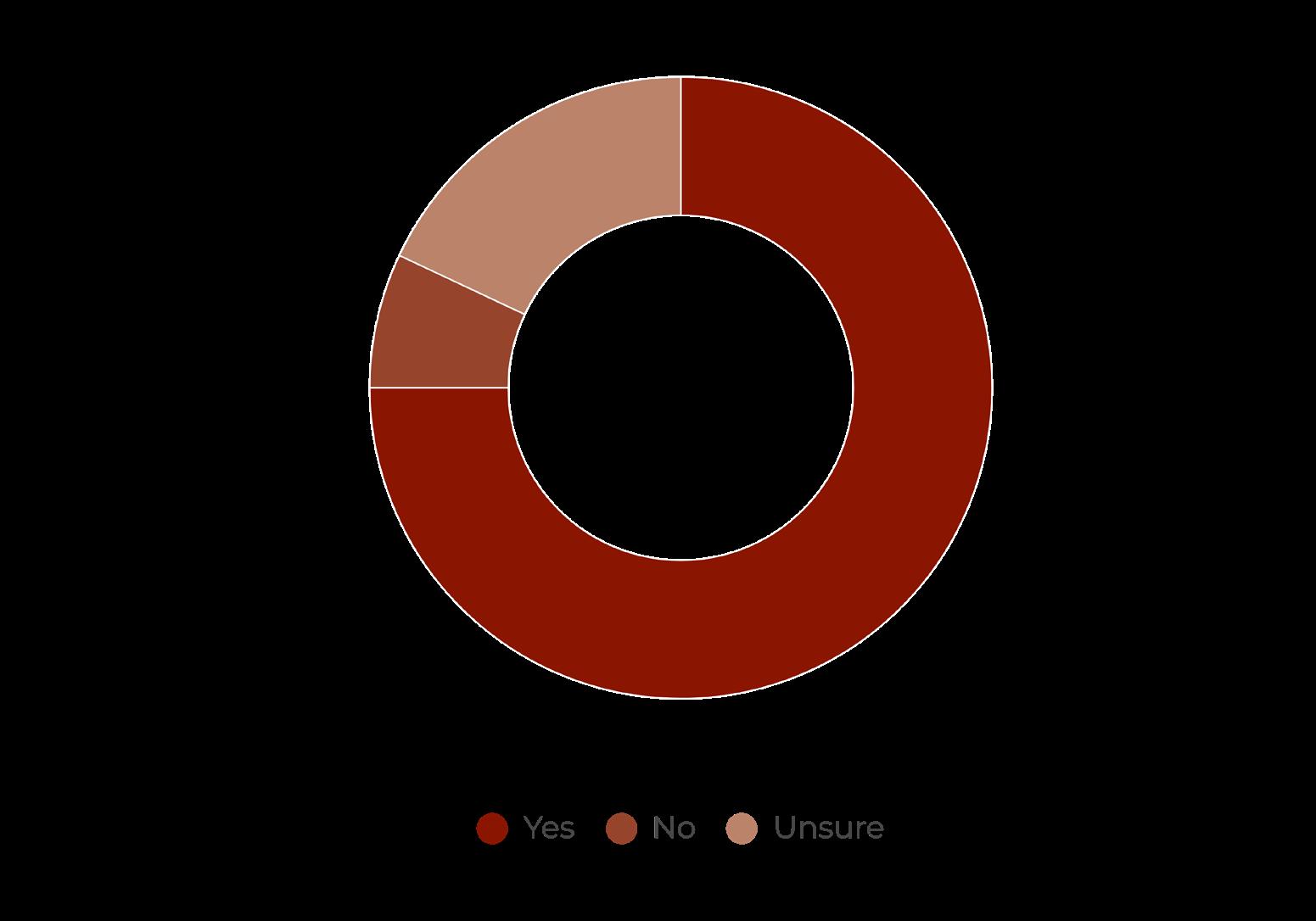
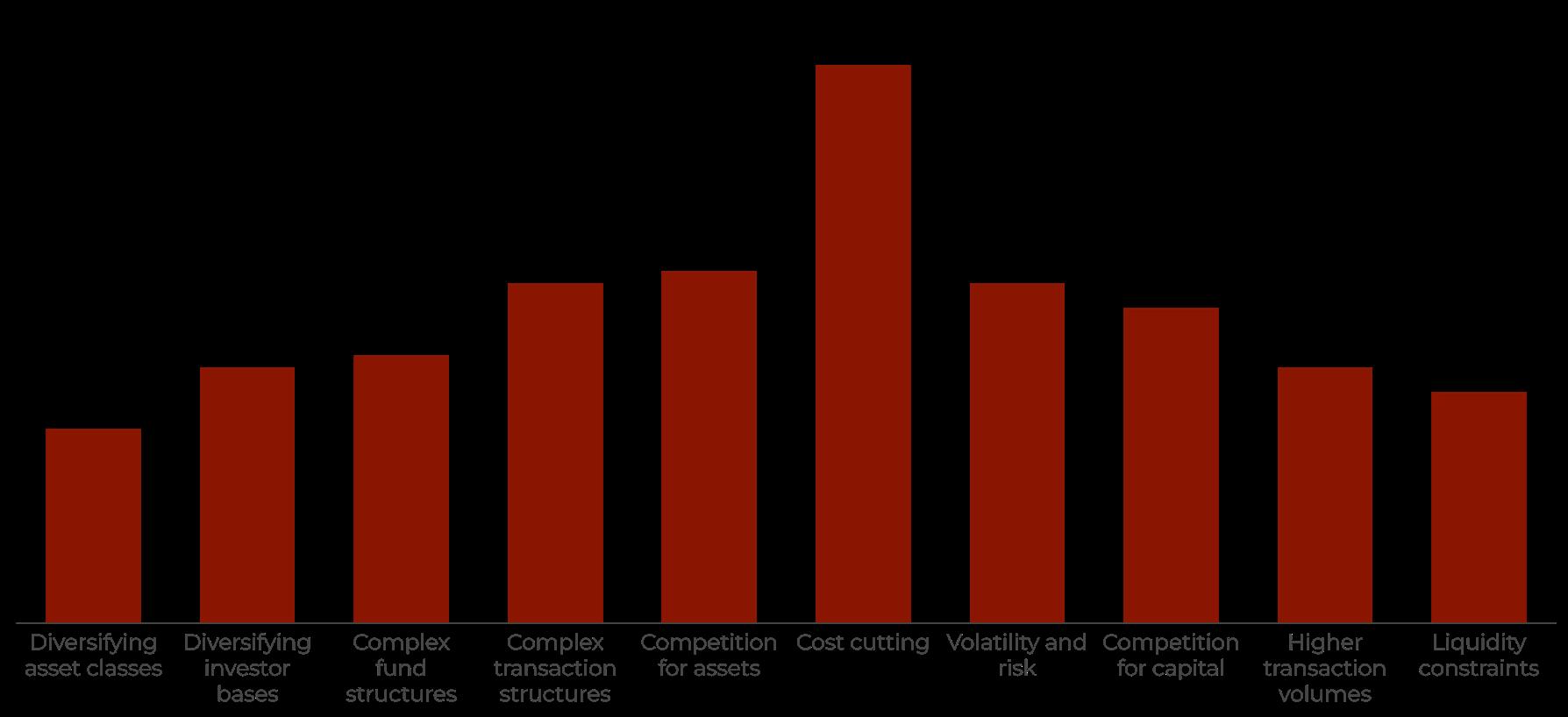
The ability to extract such insight on the fly would require a great degree of operational sophistication – which will be explored in the next section of this report – but the bottom line is that it would allow firms to set themselves apart in the eyes of an increasingly sophisticated investor base.
Indeed, many firms now position themselves as innovators, and leverage a more tech- and data-
driven proposition to win investor confidence.
But this increasingly needs to be backed up –says Ingmar Vallano, a Managing Partner and member of the founding team at Clipway. He says: “A promising sign in the industry is that LPs are spending more time on technology as part of their due diligence – to thoroughly understand a firm’s internal processes and systems.
“Most firms are claiming to have the latest technology, but as investors increasingly
While buyouts mirror the average breakdown, drivers differ considerably across secondaries and credit


scrutinise systems and request access to the database – verifying for themselves the sophistication of the operational stack – we’ll start to clearly see how the market is distributed in terms of innovation.”
Firms that have spent the time and resource to build comprehensive, integrated technology capabilities that can generate advanced insight will have a distinct advantage in the market, as of now. According to Vallano, this could potentially be an equalising factor in the market
– smaller, more innovative firms winning the capacity to punch above their weight – but firms that prioritise their operational technology will feel benefits across the board, irrespective of size.
Nils Rhode, Chief Investment Officer of Schroders Capital, concurs with the first mover advantage in private markets, stating the benefits will be felt, “not only in terms of
Beyond costs, the biggest drivers of transformation are competition, complexity and volatility
for assets





investment performance, but also the level of client service. It will also make the industry more transparent, speed up transaction processes, and allow firms to review more deals and to lower their threshold in terms of deal size.”
A big part of this advantage will be fuelled by the omnipresent and relentless evolution of AI, which has been a big priority for Schroders in recent years. Having created a data science team over a decade ago, the firm spent years collaborating with investment teams and other functions to implement machine learning and other advanced tech – a process that Rhode describes to be “as important as the technology itself,” and positioned it well for the exponential AI advancements of the past two years.
“We made great headway last year with the launch of the Generative AI Investment Analyst (GAiiA) platform, designed to speed up the analysis of large volumes of data, allowing our private equity investment specialists to focus on delivering value through strategic investment activity to further support our clients’ investment needs.
“While this has become a key part of our investment process, it is important to note that our AI innovations and integrations are centred around enabling our team to make faster and even more informed investment decisions and to focus on higher-value activities, which we expect will ultimately lead to superior client outcomes.”
Rhode confirms that GAiiA is currently being used for private equity direct and
“
Digital transformation is necessary to ensure that we can meet evolving client demands, and to ensure that there is consistent and fair treatment across the investor base
Karen Sands
COO, Federated Hermes Global Private Equity
co-investments, primaries and secondaries. Separately, he adds the broader Schroders Group was one of the first to launch an internalonly AI assistant tool – called Genie – which is available to all employees globally and sees over 1,000 users each day for tasks such as meeting summarisation, analysing reports and drafting content.
Our survey finds AI to be firmly in the top three types of technology that firms invest in – both at the firm and portfolio level – alongside the closely related field of data & analytics, and financial reporting and accounting tools (see Figure 1.3). And asked about where technology adds the most value, pre-deal work takes the lions share for most firms by some distance.
Rhode says: “The biggest impact is felt where the most analysis is required, and today that means the due diligence phase of the investment process.”
Investors are starting to consider technological sophistication as part of their due diligence – not just as a tick-box exercise but with thorough scrutiny

Rahul Shah of Triton on the types of technology most of interest to his firm’s portfolio
We use a range of technologies across different businesses. However, we are particularly interested in:
Data Platforms: To ensure we have high quality business steering and visibility and can adapt to market conditions. We also see good quality operational data as a pre-requisite to maximise value from AI.
AI: We are deploying machine learning models at scale – for example in pricing, product quality or inventory forecasting. For instance, to illustrate on pricing in our portfolio company Sunweb – we have a pretty good view of historical demand patterns, customer browsing history and can use machine models to price our flight or hotel inventory very successfully. Similarly, at Deep Ocean we trained off the shelf visual inspection models on hundreds of hours of undersea pipeline
videos to identify faults with very high degrees of accuracy.
We also believe in deploying generative AI where it adds value – for example in improving productivity of our field technicians or responding to sales queries quickly. Typical use cases here are in making field manuals or product literature accessible to field technicians to query them on their hand-held devices or training an LLM to work on RFPs.
Industrial Tech: This covers a vast array of services, from product engineering platforms, IoT, and sensor technology to digital twins.
Core IT: We continue to invest in modernising our key IT assets (eg. ERPs) and leverage that to drive better processes, build platforms for further acquisitions and run disciplined financial management and production planning.
asked about where technology adds the most value, pre-deal work takes the lions share for most firms by some distance “
How firms are bringing their data and systems together to ensure their digital transformation yields tangible cost benefits
The potential of technology to enhance the investor experience and differentiate the modern private equity firm in a highly competitive market is tremendous. But producing a detailed investor report in real time – no matter how simple it may look with the click of a button – requires significant, and highly strategic work behind the scenes.
The challenges of implementation are numerous (see Figure 2.1), though the core principle to remember, based on conversations with multiple managers, is to be more proactive than reactive. Most private markets firms have implemented technology solutions in steps, as and when pain points have arisen.
Particularly for larger firms, this has led to a fragmentation over time – of systems, as well as the data being processed within that technology stack. And this is in an industry that already suffers from a data problem.
Karen Sands of Federated Hermes says: “The nature of private equity investing means that portfolio company data can be idiosyncratic, fragmented, and infrequent. When implementing a strategy that is diversified across geographies and industries, there will inevitably be inconsistencies in data formats and standards. This makes the aggregation and consolidation of data more difficult, which is essential for effective digital transformation.”
Most digital transformations, as a result, begin with a tremendous data unification exercise.
According to Simon Tyszko, Patria has been undergoing such a process over the last 12 months. He says: “Last year we commenced a process to review potential Portfolio Management Systems and Data Platform providers, recognising that our current solution, while adequate for today’s needs, may not keep pace with the recent advancements in

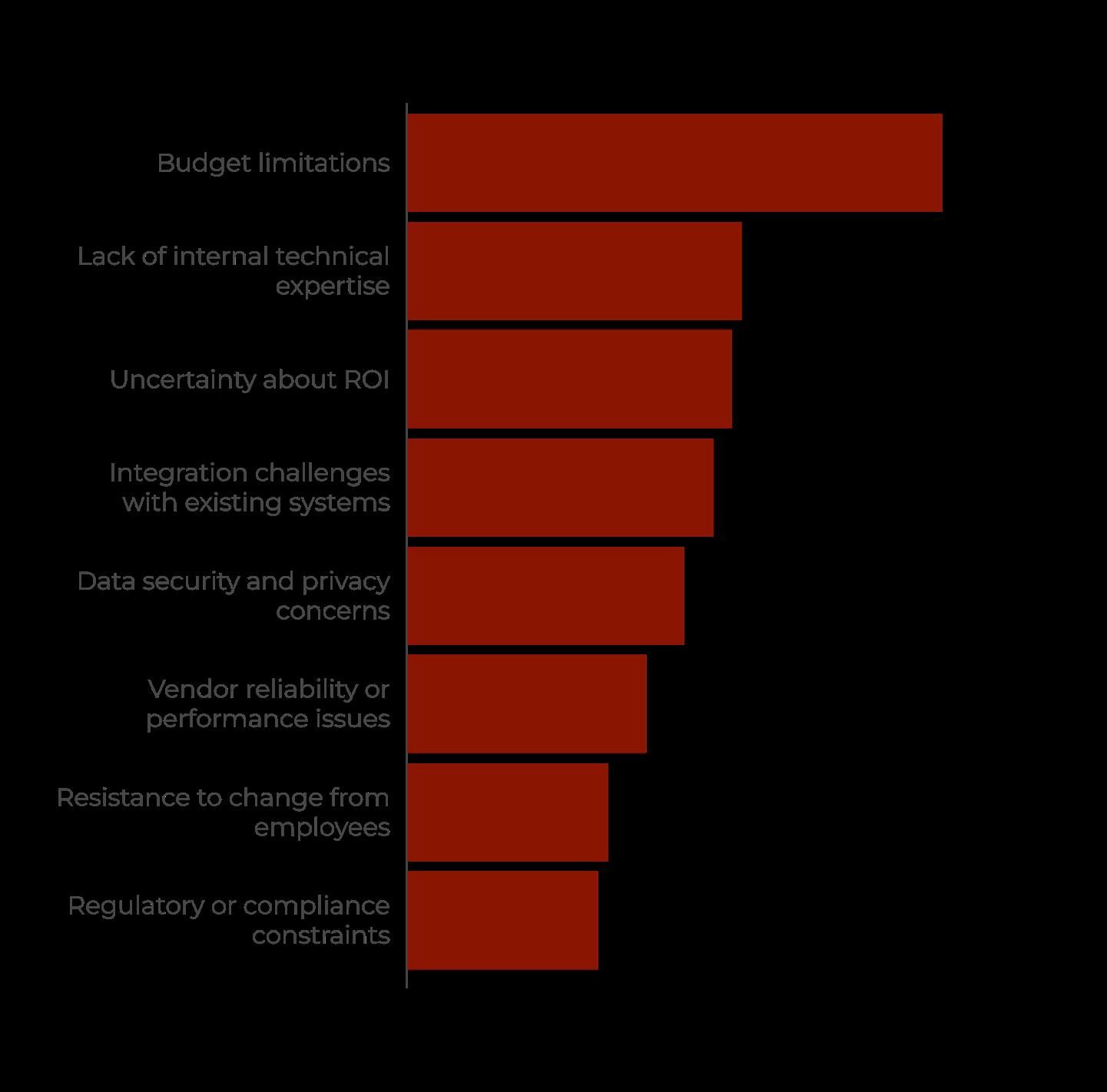

Over one in four firms with $10bn+ AUM face integration challenges



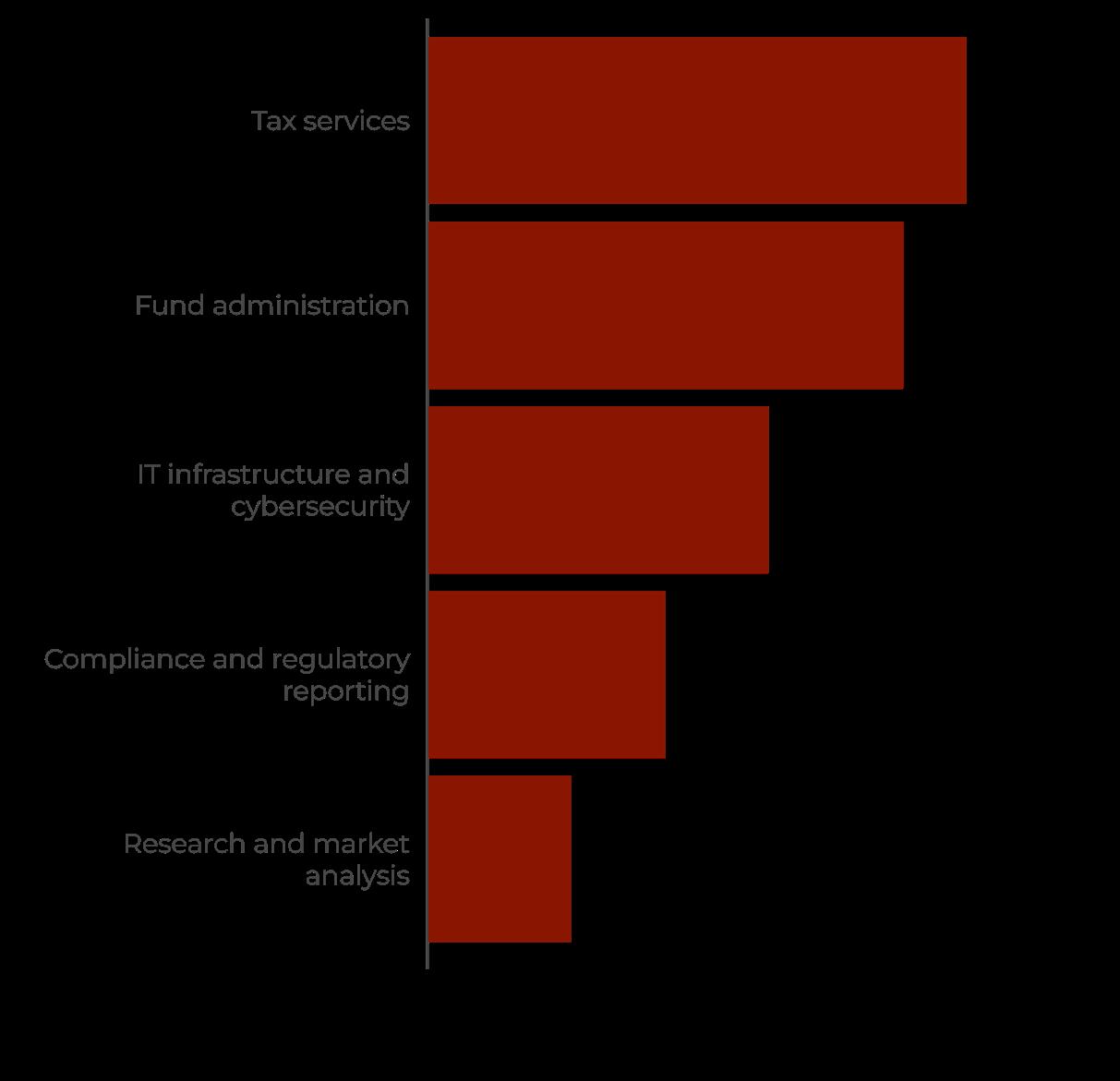
Only

technology, particularly in relation to artificial intelligence.
“Our review of potential solutions is now coming to an end and we intend on moving to implementation phase in the near term – which involves implementing a Data Platform and building bespoke dashboards on top in order to extract deep investment insights from the vast amount of unstructured data that we currently have.”
And while he acknowledges that implementing these solutions requires a lot of up front ‘heavy lifting’, he points to the fact that over the long term the benefits are likely to be significant, “if we get this right, which I believe we will, the insights we will be able to generate from the vast quantities of data that we sit on are endless. We’ll be able to analyse our data more quickly, efficiently, and deeper, and ultimately deliver better outcomes for our clients.”
Indeed, the upfront cost of technology is a concern – budget limitations being cited as the primary barrier preventing the successful implementation of tech solutions by 56% of managers.
According to Ingmar Vallano of Clipway, there are ways to mitigate the cost of technology. “The quality of solutions, the capacity to innovate and the ability to create products is not necessarily linked to budgets. What we achieved, compared to the impact it has had on the way we operate, was not very costly.”

AssetMetrix
THE BUSINESS CASE
AssetMetrix’s Dimitris Matalliotakis on securing ROIs in tech implementations
In the current landscape, private markets firms are either in tactical damage control mode or looking to diversify and calibrate their strategies in response to market conditions. Both states merit a tech investment, says Dimitris Matalliotakis, CEO and Chief Product & Technology Officer at AssetMetrix. “A slow market is the best time to enhance tech capabilities and automation, to be in a strong position when things pick up. Scaling up when times are busy can be very challenging and contingent upon scarce resources. Past experience shows that failing to improve operational efficiency in time can become a severe bottleneck for business growth during periods of rapid expansion.”
As firms look to streamline their operations, three trends are apparent: effective data management, experimentation with AI and disruptive tech, and a propensity for
outsourcing. Matalliotakis outlines the ROI equation for each.
“An integrated platform that allows all professionals – from back office, accounting through investment management or fundraising – to plug into a reliable data and documents supply chain with workflow automation capabilities is of tremendous value. Seamless access to consistent data, insights and governed digital collaboration can measurably reduce cost and improve quality in private markets operations.”
“Ad-hoc investor requests, for instance, can be handled with ease rather than having to scramble together information – particularly at a time when investors are demanding more insight than ever. A sophisticated investor platform or performance report can certainly enhance brand credibility and trust in a highly competitive landscape – on top of investment prowess.”
Perhaps the most compelling ROI is that of AI. “Firms can go from processing a few dozens
of documents per person per day to multiple times that number without loss in quality – and this only reflects present-day capabilities. Contextually enhanced inference combined with agentic automation are very plausibly expected to fuel an unprecedented productivity boost in notoriously cumbersome day-to-day PE operations across the industry.”
Growth in new capabilities is exponential rather than linear with AI, and most actors in the market already profit, in a governed, semigoverned or ungoverned way, from established and novel AI tools. “When looking to leverage AI, firms and their employees focus on their biggest pain points – and more often than not they find an application that can address those to a certain extent.”
Sustained AI success, however, is strongly contingent on integration and transformation of existing systems and workflows. This is where Matalliotakis says the business case for outsourcing comes into sharp focus. “Experimenting with isolated AI tools can be relatively simple, automating end-

to-end processes with AI requires a level of sophistication and adaptation that can overwhelm most market participants. Working together with a partner that is able to keep up with the pace of innovation and can translate foundational advancements to implemented automation solutions tailored to the needs of the industry is a critical success factor for impactful AI.”
“Moreover, working with a partner changes tech investments from Capex to Opex – a subscription fee that unlocks a range of new tech capabilities and ensures staying at the cutting edge of innovation without additional cost. It’s neither reasonable nor economical for each PE firm to reinvent every new “wheel”, when established third parties, like ourselves, have demonstrated the ability to do so more effectively multiple times. In a rapidly changing tech landscape, releasing new capabilities in a timely and turnkey manner becomes a genuine competitive advantage.”
Multiple factors went into keeping the costs in check. For one, Clipway was conceptualised on a tech-driven mandate, and every decision was made with this direction in mind. This includes recruitment. Like Schroders, the firm invested in a team of data scientists, and factored in digital skills into its hiring process.
Vallano says: “We look for very specific profiles on the market, who have a strong blend of digital skills and an investment mindset. Sometimes having a traditional IT department can slow things down – as people who are trained in the latest technologies may not have experience within your specific strategy.”
A concerted recruitment strategy to this effect certainly lays a strong foundation – with a lack of internal technical expertise emerging as the second biggest challenge in our research, cited by 35% of managers.
But perhaps the biggest ticket to success, according to Vallano, is to have buy-in from across the business, and to make digital transformation a core priority – rather than a “nice-to-have” project. “Everyone in the business, from the tech implementation team to the end users, need to be invested into developing tools. If this is achieved, significant value can be extracted that is not directly correlated to budget.”
Indeed, a big budget can even prove detrimental for progress. “At some point in every transformation, a forensic analysis is needed to understand how to get a product working. With a big budget, firms can afford high-level
brainstorming sessions with consultants that yield advice but may end up hindering innovation. Putting end users at the forefront of development – facilitating an open line of communication with the developers – is a more efficient approach.”
Outsourcing is always hotly debated, with arguments centred on the dichotomy between the generic nature of support on the market – as highlighted by Vallano – against the resource-intensiveness of building in house. The optimal path is usually somewhere in between – depending strongly on the type of function in question.
The most outsourced functions in private markets – per our survey – are tax services and fund administration, with 68% and 60% respectively relying on third parties for these. Around 43% of firms outsource their IT infrastructure and cybersecurity services, while data management and analytics – so clearly a significant burden on firms – is outsourced by a remarkably small 6% of firms.
According to Dimitris Matalliotakis, CEO and Chief Product & Technology Officer at AssetMetrix, there is tremendous value in working with a partner (see Boxout p16) – particularly to ensure a certain ROI on technology implementations, cited by more than a third of managers (34%) as a challenge.
Tyzsko confirms Patria is working with a third party on building a data lake, and will be
2.3 Do your service providers utilise advanced technologies such as AI, machine learning or analytics?
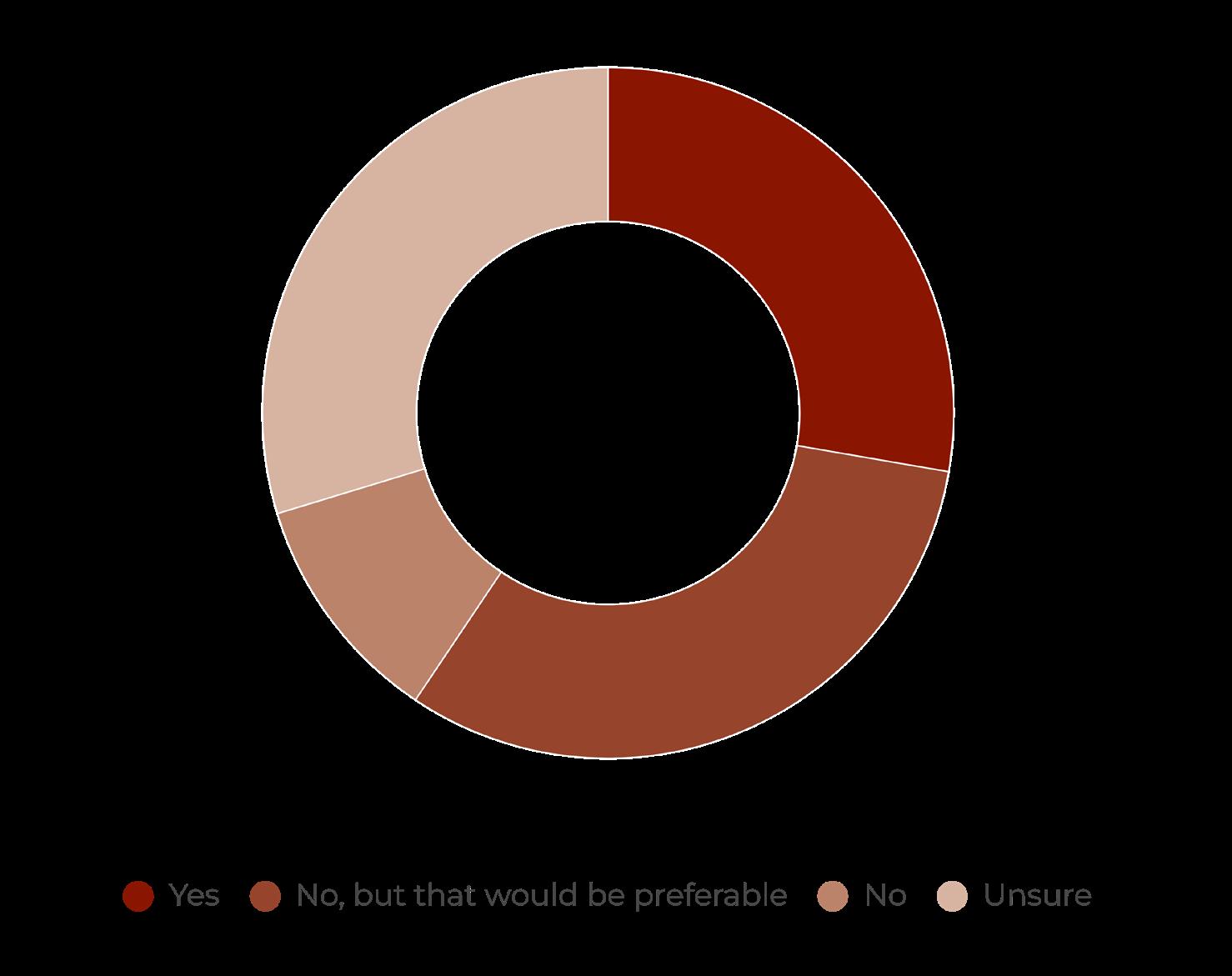
“
The quality of solutions, the capacity to innovate and the ability to create products is not necessarily linked to budgets.
Ingmar Vallano Managing Partner, Clipway
Vendor selection is a critical, long-term decision, which makes due diligence and referencing a key part of the process
evaluating a range of portfolio management technology to overlay this with AI data scrapers and dashboards. “We started out looking for a silver bullet that would do everything we needed, but there isn’t one out there that suits a business as complex as ours. Our fund-of-fund structures contain non-standardised data, which needs significant expertise to unify.
“This is why the most important factor for us in choosing a partner or system is previous experience working with a business like ours. Vendor selection is a critical, long-term decision, which makes due diligence and referencing a key part of the process.”
Sands stresses the importance of a similar level of scrutiny. She says: “When choosing a thirdparty provider, it is essential they understand the demands of our business model as well as having a deep knowledge of industry practices, from our operational structure to our investment strategy. Only solutions that meet our needs and that can be scaled to be applied across our operations, and where applicable across asset classes with private markets, will be chosen.
“Data security is paramount, so any potential partners must demonstrate a high prioritisation of data protection, underpinned by enforceable policies and well-defined protocols. We utilise operational technology solutions which leverage AI and solve the need of capturing large data volumes which serve multiple purposes within a single data collection process. Further we utilise solutions that provide calculation validation such that data integrity and the control environment are continually enhanced to provide us with
greater information to aid decision making or better serve our clients.”
The bottom line is to ensure the right partner is selected – for 60% of firms, this includes a certain level of digital expertise within the partner organisation (see Figure 2.3), while others may vary in their demands based on their firms’ specific needs.
Successful digital transformation is not necessarily a product of budget – a concerted and strategic approach can yield strong results for less
CONTRIBUTORS:
Aftab Bose Head of Private Markets Content aftab.bose@globalfundmedia.com
Johnathan Glenn Head of Design FOR SPONSORSHIP & COMMERCIAL ENQUIRIES: sales@globalfundmedia.com
